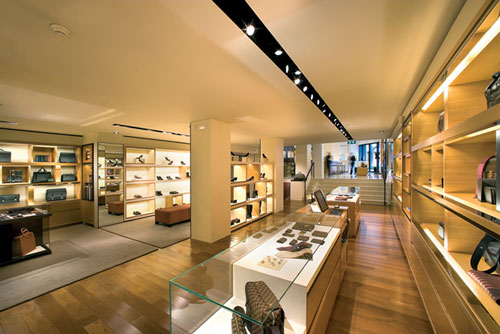THERE ARE a host of factors driving local – and regional – electricity distribution towards direct current, and with lighting installations going all LED, is it time the lighting industry began supporting it? Here’s 10 reasons why it could make sense.
- Lighting has effectively gone DC thanks to LEDs. Why have the environmental impact of local drivers for each luminaire when they can all be run off the same local DC network?
- The power industry is moving to distributed power generation, thanks to a switch to renewables and the advent of energy storage. DC generation and distribution is coming too.
- It’s much easier to integrate battery packs such as those produced by Siemens and Tesla into DC systems and grids. DC to DC converters are up to 20 times smaller that AC/DC equivalents.
- There’s a significant energy loss every time power is converted from AC to DC at each device. Removing a stage can improve system efficiency by 5 to 10 per cent.
- System reliability will be improved. By removing AC/DC converters, especially those with electrolytic capacitors, we can dramatically improve the mean time between failures.
- By using a relatively higher voltage such 380V DC rather than 48V DC, we can solve the challenges of direct current such as voltage drop and increased cabling sizes, while maintaining safety.
- There’s less local heat at the luminaires when there is no power conversion electronics built into the housing, leading to cooler-running, more efficient and longer life LEDs and cooler ceiling voids and interiors.
- A local DC grid opens up opportunities to connect other DC devices, such as sensors and cameras, to the lighting to create a network which can use data to deliver new services.
- The technology is field proven and is used by blue-chip clients such as Carrefour and MaxMara. Louis Vuitton, pictures, is using DC microgids for its lighting at 40 of its newer stores in both Europe and China.
Based on a presentation by Fabien Teissier of Encom Energy.

